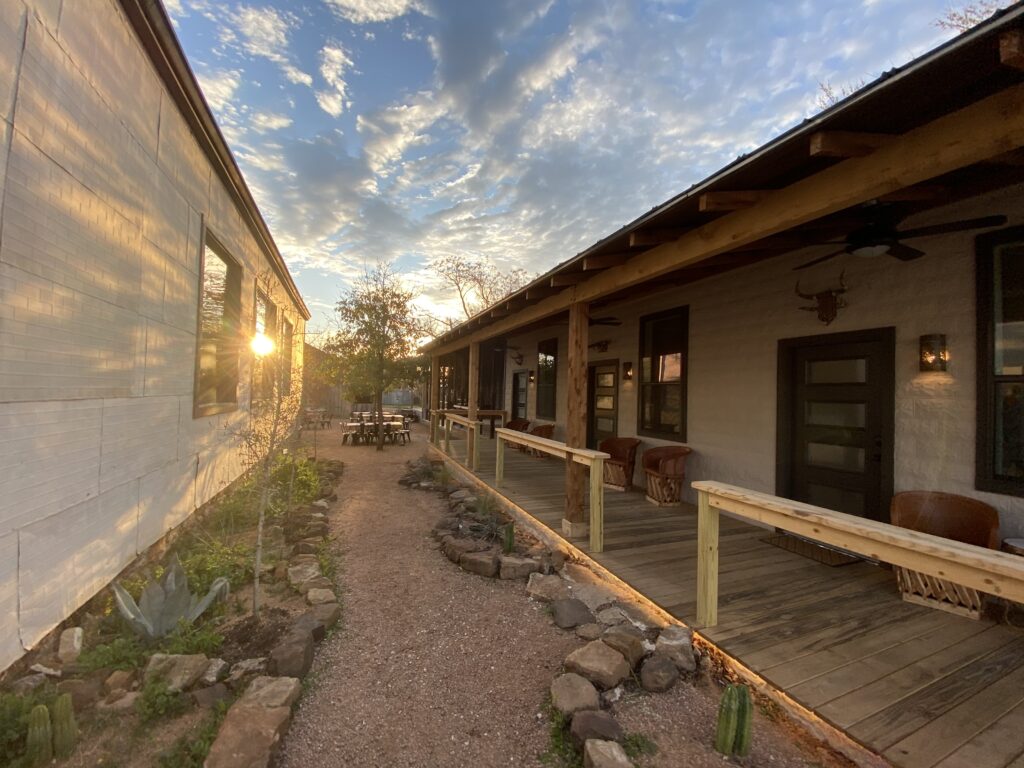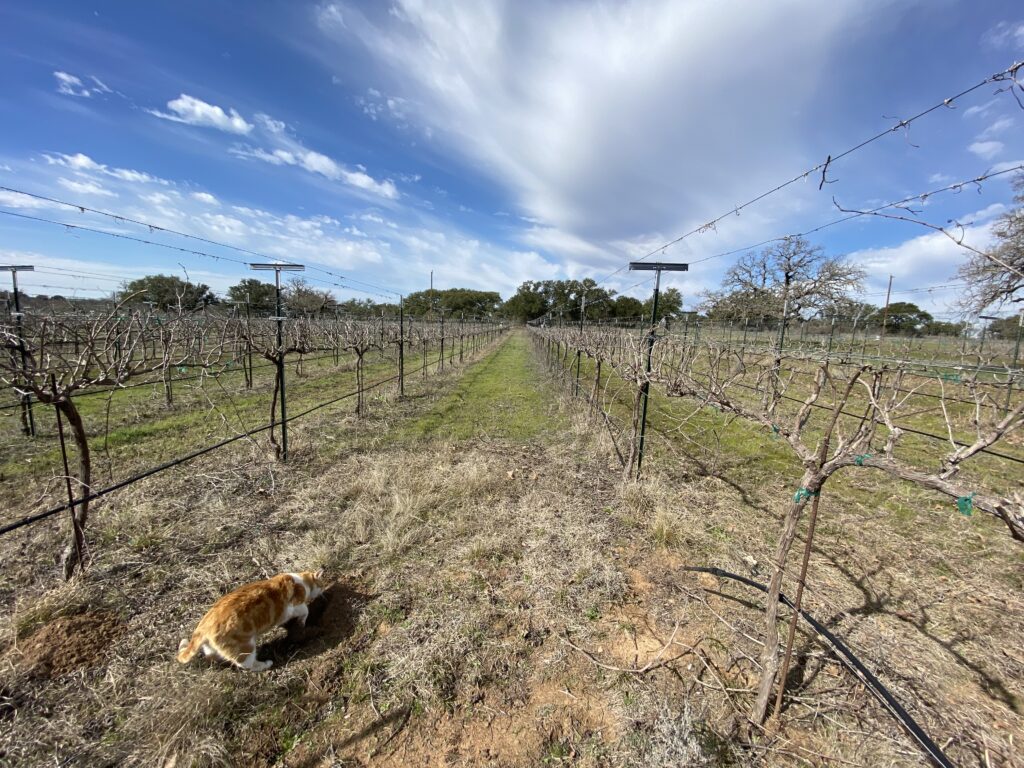If you follow my Instagram, you may have seen relatively recent posts about the imminence of bottling. Well, bottling has been postponed for oak treatment. Why? Well, currently the wine is a little bitter and astringent. In other words, it has tannins that are just a little too harsh and need to soften. One could chalk this up to the wine being young. But, according to Mr. B, though it will get better with age, these green, harsh tannins may not fully go away unless we help the wine. And hey, I don’t mind adding some oak flavors to give my wine some complexity!
How am I adding oak you ask? I am following Mr. B’s advice and am adding an eight inch french oak spiral (medium plus toast) for one month. This spiral will not only add oak flavors, but it will also introduce a small amount of oxygen which will cause the tannins to soften. I will have to avoid leaving the spiral in too long or I may over-oak the wine…and that cannot be undone (unless I had another wine to blend with, which I don’t).
Pruning in February
In the meantime, let’s talk about vine pruning. In late February, I found myself back in Mason to help with pruning (and learn in the process). I stayed only one night in Mason, but it was long enough to remind me about the loveliness of the town and what a nice weekend getaway it could be.

Lea Lou Lodge 
Mason Square
In the morning, I went to meet Mr. B at a vineyard he recently started managing. He was already hard at work, and the vineyard/ranch cat, Kathy, came to greet me. In February, the vines look pretty bare. To the casual observer, they look dead. These vines had not been managed in a while, and as a result, some of them actually were dead, much to our disappointment. The only way to know for sure if a vine is dead is to start the pruning process… if everything is brown and dried up as you cut back the growth, the vine is sadly, dead. If the trunk is split, death is even more apparent. Many of the vines had survived, and you could see the life in them as you cut back (there was a moist greenness).

Vineyard/Ranch Cat 
Perfect Morning 
Pile of 1-Yr Old Canes 
Gotta Cut It Back 

Pruned.
Pruning Process
Now I will attempt to summarize the pruning process without going too in-depth about vine anatomy. Vines can be cane-pruned or spur-pruned. The canes are the one-year old wood that just look like skinny sticks shooting off an arm (cordon) of the vine. In spur-pruning, which is more popular in warmer climates (e.g., Texas), you prune vines and leave small shoots containing two to three buds (a spur). New growth develops from these buds in the spring. If you leave too many buds, there will be too much growth which will cause problems with air flow, and yields will be too high for quality wine.
Mr. B coached me on where to cut so that healthy shoots would develop. He also coached me to cut off the canes growing in the wrong direction (horizontal and away from the trellis), because the shoots will need to be trained along the trellis. We did our best to prune as much as possible in 3-4 hours. I learned a lot, but there are still a million things for me to learn about vineyard management practices!

Cheers to you and yours. Stay healthy and safe in this crazy world of ours!
